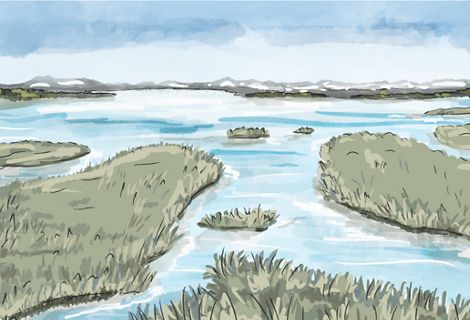Western Dry Forests and Fire Program
The Nature Conservancy is working across the western U.S. to catalyze forest restoration on a transformative scale.
We are addressing the twin crises of climate change and loss of biodiversity by advancing positive and equitable change through care and stewardship of Washington’s land and water—through legislative and regulatory policy; advocating for equitable access to public funding; and by bringing together powerful and diverse partners, communities and decision-makers.
The Washington State Legislature adjourned in April after a session shaped by a shifting landscape and challenging decisions. This session had a lot to teach us about advancing climate and natural resource priorities while navigating deep budget uncertainties.


Insights, stories and updates on our conservation efforts and the natural beauty of Washington State.
Discover how we're collaborating with our TNC colleagues and partners across the western U.S. and Canada to advance conservation on a transformative scale.
Join our team
Our Trustees in Washington
The Leadership Team in Washington
Our staff in Washington

Across Washington, we’ve worked to protect 800,000 acres to benefit people and nature.